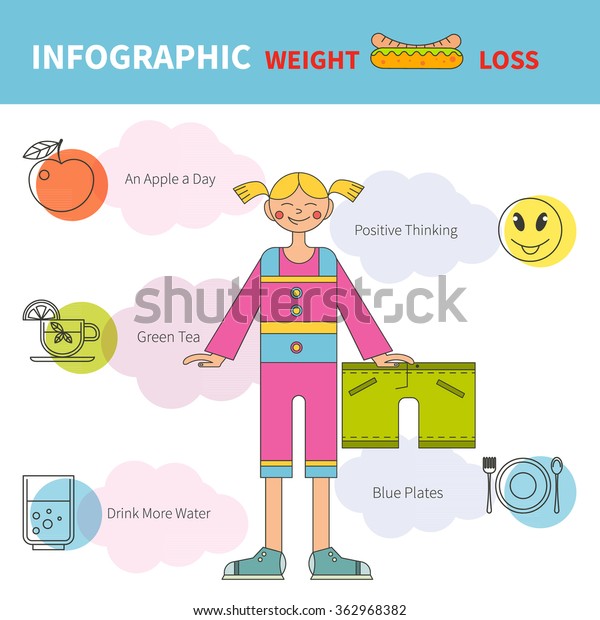Cold laser treatment is a useful tool to aid in pain administration and the recovery procedure. It is often used in sports medicine, dermatology and acupuncture.
Cold lasers pass through deep into cells and promote chemical adjustments without warming them. They minimize inflammation and swelling, speed cellular activity and accelerate healing.
Theoretical Background
Unlike the high-intensity lasers that surgeons use to cut through cells, cool laser therapy utilizes light-emitting diodes to permeate right into your skin and advertise healing. As these photons reach broken cells, they launch a domino effect that raises your cells' production of enzymes and accelerates your body's natural recovery processes.
The photons likewise reduce pain through the production of endorphins and enhance your body's ability to drain swollen areas by causing vasodilation (the expansion of blood vessels). Consequently, it assists you recuperate from musculoskeletal injuries and pain faster.
Lots of people have actually heard about chilly laser treatment from their physiotherapist, chiropractic physician or doctor and might be asking yourself how it functions. Unlike the majority of laser tools used in the medical field, which in fact warm up cells, our state-of-the-art tools sends out chilly laser light beams that do not cause any type of home heating of your tissues. This permits your body to receive the healing benefits without causing any type of side effects.
Scientific Trials
Cold laser treatment is often suggested as a treatment choice for people that have bone and joint pain and injuries. It can be made use of to decrease swelling, strengthen tissues and accelerate the body's natural recovery processes.
Non-thermal photons of red and infrared laser radiation are soaked up by the light sensitive aspects in cells and start a rise in intracellular metabolic process that raises cell reproduction, reduces swelling, eliminates edema and reduces healing time.
Unlike the light that is created by sunshine or common lights, laser light is identical (all wavelengths travel parallel), coherent and monochromatic. These residential or commercial properties enable laser power to penetrate much deeper right into the cells.
Numerous scientific trials have actually revealed that LLLT can be effective in minimizing pain in the bone and joint system. Nevertheless, more well-designed research studies are required to review the optimal settings for laser irradiation and to identify its efficiency in details conditions, such as oral mucositis in cancer individuals obtaining radiation treatment or radiotherapy, and wound recovery (including diabetic person abscess adhering to hammertoe surgical treatment). This Aetna plan notice does not deal with other uses LLLT, including the treatment of different skin diseases.
Verdicts
Unlike medical lasers that can damage tumors or coagulate tissue, chilly laser treatment does not heat up the body's cells. Rather, the light boosts your cells to generate adenosine triphosphate, which speeds up the repair process of injured tissues.
Aetna thinks about low-level laser (LLL) therapy medically needed for the avoidance of dental mucositis connected with cancer cells therapy (radiation treatment, radiation treatment, hematopoietic stem cell transplant) and non-cancer therapies (such as radiodermal injury, fibromyalgia). A number of research studies revealed that LLT can be effective in minimizing PU symptoms without adverse effects. Nevertheless, distinctions in research styles and laser dosimetry made contrast of the outcomes tough; RCTs with low risk of bias are needed. Making use of a 660 nm wavelength and greater energy density seems extra effective than the other researched laser wavelengths. This could be due to the fact that the various other wavelengths might promote inflammatory processes and cause even more negative effects. The impact of the kind of laser used is additionally vital; the writers recommend that future research focus on evaluating various types of lasers and their dosages to establish the optimum mix of laser parameters for PU prevention.
Recommendations
Cold laser therapy is utilized by dentists to treat swollen periodontal cells, doctors to ease discomfort brought on by rheumatoid joint inflammation, and physical therapists to speed up the healing of muscle, ligament, and tendon injuries. Several medical insurance coverage strategies cover this treatment.
Unlike hot lasers, which have a thermal effect on cells, cool lasers (additionally called low-level lasers) boost the mobile power of the skin. Photons from the laser light pass through into the cell, setting off a series of chemical adjustments that promotes regeneration and reduces swelling.
In order to be effective, lasers must be properly setup and made use of. This is why it is not a good idea to buy an inexpensive over the counter laser gadget and try to treat on your own in your home. A skilled specialist is required to ensure that the gadget is utilized correctly to reduce the risk of eye injury and maximize its efficiency. The laser tool should be adapted to the appropriate setting, intensity, laser treatment for tendonitis near me regularity, and setting of the laser on the therapy location.
